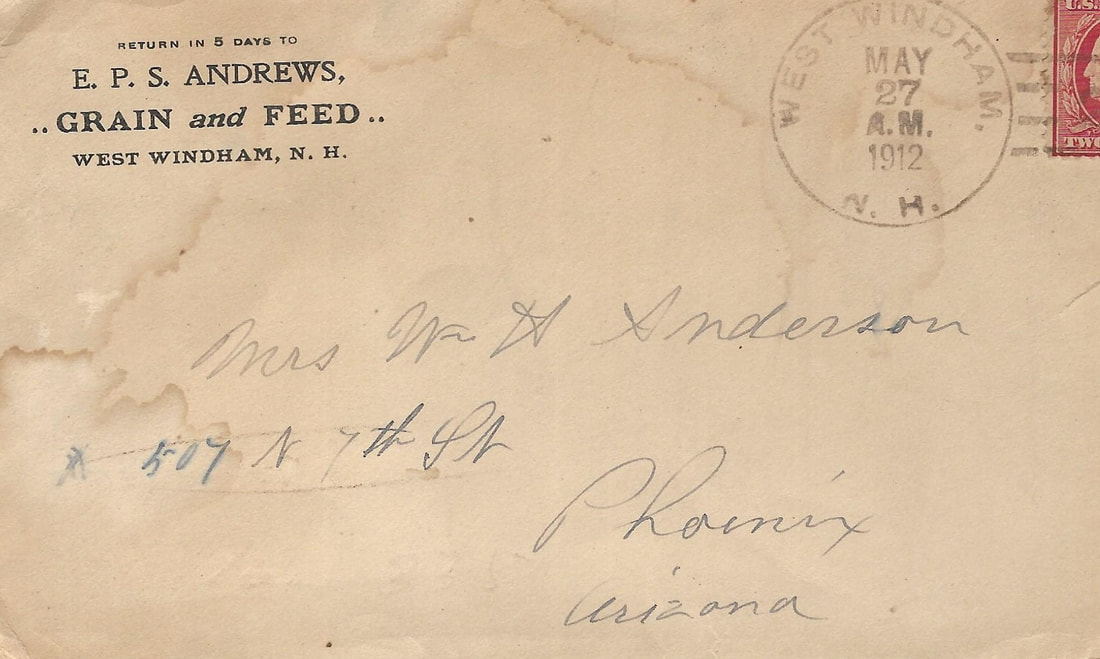Not content with spending his days running a grain mill, Andrews turned to inventing, eventually filing a patent for a "Torpedo placer"; a "torpedo" was a detonating signal device, the size of a typical coin, that was placed on railroad tracks. According to Wikipedia, common uses for these torpedoes include: a warning/stop signal during heavy fog (when signals were difficult to see), to indicate a train is stopped on the tracks ahead, and to alert railroad workers if a train was approaching. Andrews' device was designed to place "detonating signals upon the tracks when while trains are in motion." His invention was "simple in construction and inexpensive to manufacture, which can easily be removably attached to a car for the placing of detonating signals upon the tracks." Just six months after filing his patent in the summer of 1908, the patent was granted by the US Patent Office.
Although the residents of West Windham likely recognized him as an inventor and operator of the local grain mill, he was most noted for his automobile, the first of its kind in West Windham. This car was memorable enough to be recorded in "Rural Oasis", where it is noted that the automobile was assembled from at least two early cars. While it may not have been a purebred, his car was registered in 1912 as a Ford, with a 14.5 horsepower engine. For comparison, a stock Ford Model T from the era would have left the factory with 20 horsepower, and Joseph Dinsmoor registered his powerful 25.6 horsepower E-M-F automobile the same year. Andrews received registration number 1753, with several thousand cars being registered in New Hampshire that year. Unwilling to leave his prized Ford exposed to the weather, Andrews made his own cement blocks and built a garage; this garage was likely the first automobile garage in Windham.
